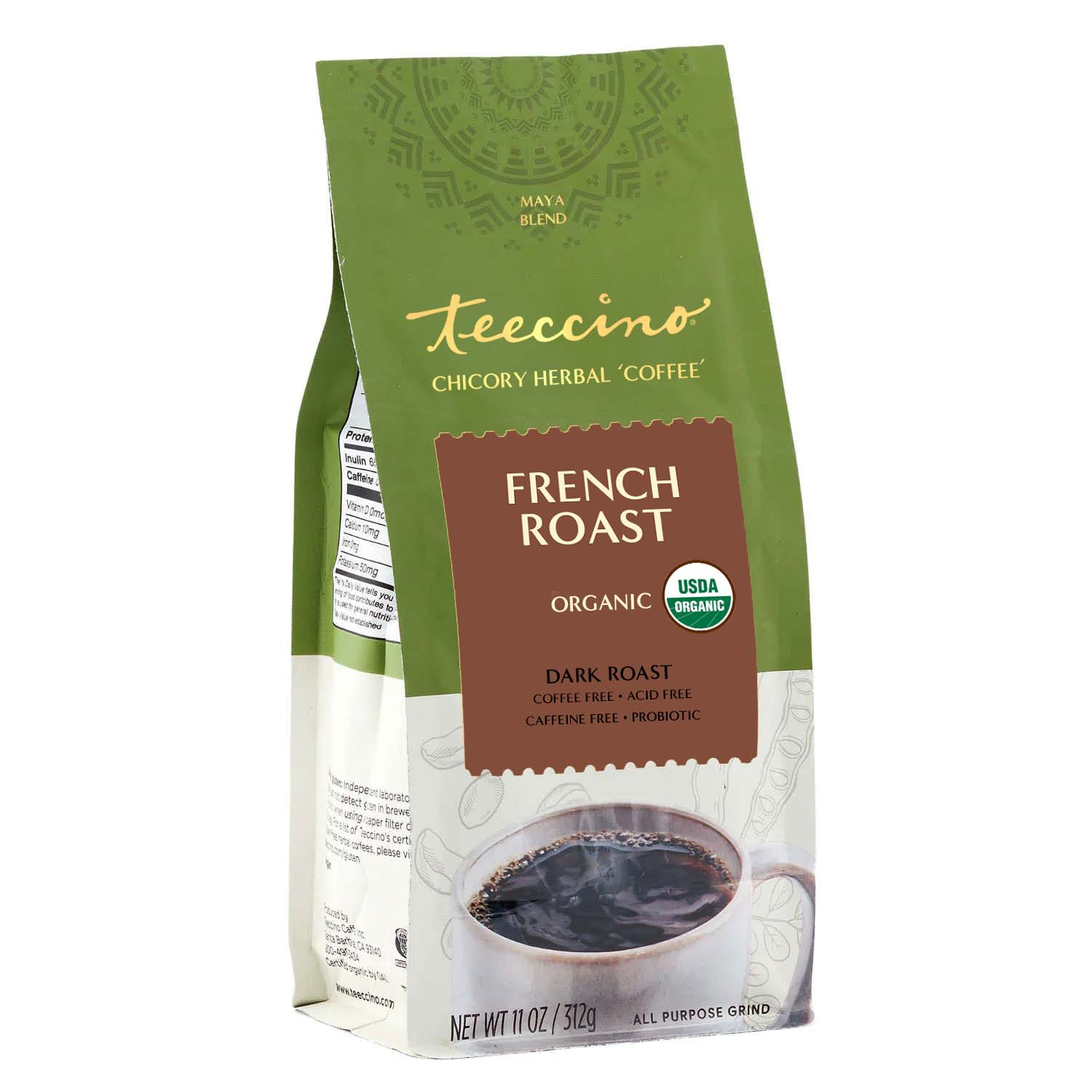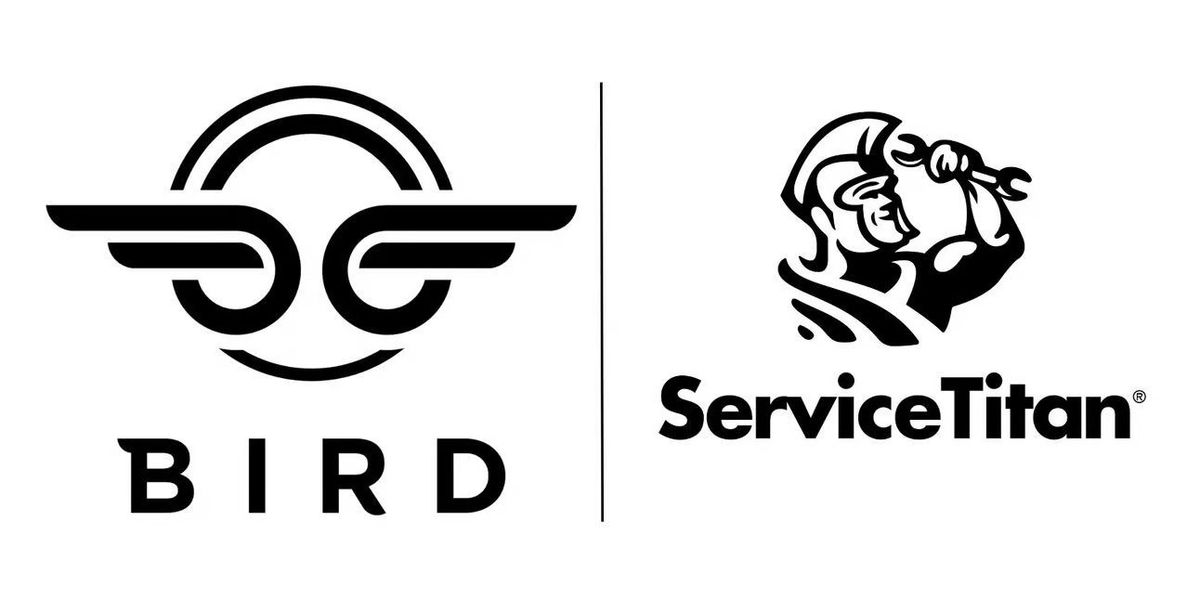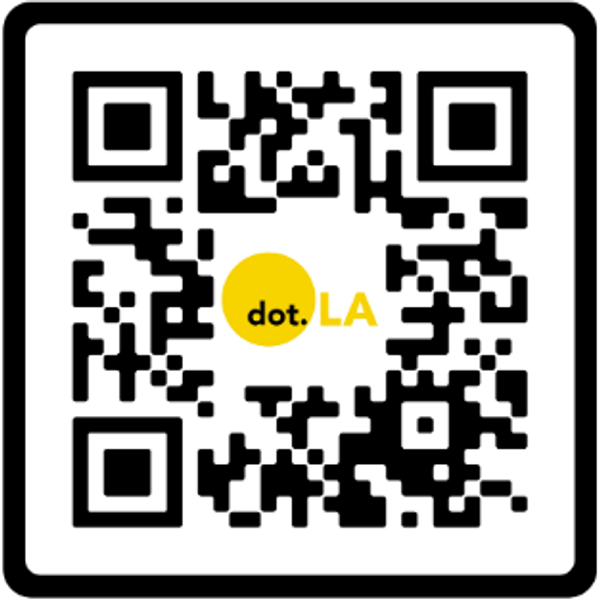

Get in the KNOW
on LA Startups & Tech
X
Photo by Venti Views on Unsplash
Atlas Obscura, L.A. Tourism Dept. Partner on Explorer’s Guide to LA
Samson Amore
Samson Amore is a reporter for dot.LA. He holds a degree in journalism from Emerson College. Send tips or pitches to samsonamore@dot.la and find him on Twitter @Samsonamore.
The Los Angeles Tourism Department partnered with curiosities and travel website Atlas Obscura for a first of its kind digital interactive map of L.A. County’s top attractions, just in time for the summer influx of tourists.
Visitors to L.A. – or locals looking for a fun reason to leave their apartments – can scroll the interactive map on a browser or download the app.

Image courtesy of the L.A. Tourism Dept.
The “Discover Los Angeles” map can be broken down by neighborhood or by a series of “guides,” which all feature as part of the larger promotional campaign roll-out known as the Explorer’s Guide to L.A
Atlas Obscura and the Tourism Department also published a hardcover edition of the Explorer’s Guide, along with several other speciality breakout guides, including the Meeting Planners Guide, artistic Visitor’s Map and, for those with more expensive tastes, the L.A. Luxury Guide to the city’s pricier pursuits. The paper versions of the guides have QR codes for travelers to scan and take information with them on the go.
This year’s collaboration with Atlas Obscura gives the Tourism Department’s previous guide a much-needed update – it was previously a whopping 136-page PDF document created in 2020.
The Explorer’s Guide includes a mix of places you’d expect to see on the map, like Griffith Park and the museum at the La Brea Tar Pits. It also has some unlikely spots sourced from Atlas Obscura’s network of local explorers who recommended their favorite places to visit: the Palos Verdes Peninsula, Venice Canals or the Watts Towers, a stunning, monumental public art exhibit of mosaic steel towers that was built by one Italian immigrant over a 34-year period.
30 neighborhoods are discussed in the guide, from classic tourist destinations like Hollywood and beach cities like Santa Monica and Venice to lesser-known but still exciting enclaves like Leimert Park, Frogtown and Little Ethiopia. There’s also several maps for specific interests – taqueria lovers will find new spots to nosh with the taco map, and there’s also a map of the Downtown Arts District, spots to stargaze and sports venues.
“For myself and the writers and editors on this project, many of them L.A. natives, getting to write and curate the official visitors guide to the city of L.A. was an absolute dream,” Atlas Obscura co-founder Dylan Thuras said in a statement. “We hope that these guides will inspire all the curious travelers arriving in L.A., to try new things, as well as providing new adventures for longtime L.A. residents. There is really no limit to what L.A. has to offer.”
From Your Site Articles
Related Articles Around the Web
Samson Amore
Samson Amore is a reporter for dot.LA. He holds a degree in journalism from Emerson College. Send tips or pitches to samsonamore@dot.la and find him on Twitter @Samsonamore.
https://twitter.com/samsonamore
samsonamore@dot.la
Bird crashes, ServiceTitan soars, active raises, and more
02:29 PM | December 21, 2023
Happy holidays from dot.LA! We’re collecting 2024 predictions for Los Angeles, tech, and startups. Reply to this email to get your prediction featured in our next weekly update.
🔦 Spotlight
It’s the best of time and worst of times for two of the most prominent Los Angeles tech companies.
Formerly high-flying Santa Monica startup Bird (now based in Miami) filed for chapter 11 bankruptcy protection, capping a slow fall from grace since it peaked at a $2.5B valuation in 2019. Once a crown jewel of the LA tech scene, the scooter sharing company went public via SPAC in 2021 before seeing its share price tumble and regulatory burden increase in the municipalities in which it operated. Eventually Bird’s market cap shrank below $15M, and it was delisted from the NYSE in September 2023. With its bankruptcy filing, Bird will proceed with a sale of its assets to the highest bidder, an ignominious end for what was once the hottest startup in America.
Yet where one LA startup falls, another rises. This week, it was reported by Reuters that Glendale-based ServiceTitan has revived plans for an IPO in 2024. ServiceTitan provides software to help technicians and contractors (electricians, HVAC professionals, plumbers, etc.) run their businesses better. The company was founded in 2007 and has raised over $1.4B from investors like LA-based Mucker Capital, Bessemer Venture Partners, Coatue, and Battery Ventures.
🤝 Venture Deals
Actively Raising
- CZero, a hard-tech startup that is developing a technology for decarbonizing natural gas, is raising a $1.5M Seed Round. - learn more
- Couri, a technology startup addressing last-mile delivery issues, is raising a $450K Pre-Seed Round at a $2.2M post money valuation. - learn more
- Sweetie, a marketplace to help people plan date nights, is raising a $250K Angel Round. - learn more
- StartupStarter, an investment platform that provides real-time data and analytics on startups, is raising an $850K Angel Round. - learn more
If you’re a founder raising money in Los Angeles, give us a shout, and we’d love to include you in the newsletter!
Just Announced
- rabbit inc., a three-year-old LA startup creating a personalized operating system through a natural language interface, raised a $10M Series A from Khosla Ventures - learn more
- Liminal Space, a four-year-old LA startup trying to create headset-less virtual reality, raised $2.5M. Investors included Avex, Hibino Corp., and Luminus. - learn more
LA Exits
- Alteryx, an Irvine-based public analytics and data-science company announced that it would be acquired by private equity firms Clearlake Capital Group and Insight Partners in a deal worth $4.4 billion. - learn more
Read moreShow less
🍵☕️Top 6 Coffee Alternatives for Enhanced Productivity
09:18 AM | September 11, 2024
In the fast-paced world of startups and venture capital in Los Angeles, maintaining peak productivity is essential for founders and investors alike. As the hustle intensifies, many are seeking alternatives to traditional coffee that not only provide a sustained energy boost but also support overall health and well-being. The following list highlights some of the top-rated coffee alternatives that can enhance focus and productivity while minimizing the adverse effects of caffeine. These options incorporate adaptogens, superfoods, and gut-friendly ingredients, making them ideal choices for those looking to optimize their performance without the afternoon crash.
Matcha
Image Source: Jade Leaf Matcha
Matcha is a finely ground green tea that offers a moderate amount of caffeine, along with L-theanine, which promotes relaxation without drowsiness. This combination can enhance focus and concentration, making matcha a suitable alternative for those looking to boost productivity without the jitters of coffee.
Popular Brands: ReNude Chaga Matcha (60 mg caffeine), Golde Pure Matcha (60 mg caffeine), Organic Ceremonial Matcha - Teahouse Edition (30 mg caffeine)
Dandelion Root Coffee
Image Source: Amazon
Dandelion root coffee is a caffeine-free alternative that mimics the taste of coffee. It is known for its potential to support liver health and digestion, which can contribute to overall well-being and productivity. The drink can help avoid the acidity and jitters that often accompany regular coffee, making it a gentler option for those sensitive to caffeine.
Popular Brands: Dandy Blend (0 mg caffeine), Teeccino Dandelion Dark Roast (0 mg caffeine)
Adaptogenic Drinks
Image Source: MUD\WTR Masala Chai
Adaptogenic beverages, which include ingredients like ashwagandha, reishi, and maca, are designed to help the body adapt to stress and promote mental clarity. These drinks can provide a sustained energy boost without the crash, supporting productivity throughout the day. They are often made with superfoods and spices that enhance both physical and mental performance.
Popular Brands: MUD\WTR Masala Chai (35 mg caffeine), Four Sigmatic Think Coffee (150 mg caffeine), ReNude Chagaccino (0 mg caffeine)
Golden Milk (Turmeric Latte)
Image Source: Golde
Golden milk, made from turmeric, ginger, and milk (or a milk alternative), is a caffeine-free option that can improve mood and reduce inflammation. The calming properties of this drink can help maintain focus and clarity, making it a great addition to a productive morning routine.
Popular Brands: Golde Turmeric Latte Blend (0 mg caffeine), Blume Turmeric Blend (0 mg caffeine), Four Sigmatic Golden Latte Mix (0 mg caffeine)
Chicory Root Coffee
Image Source: Teeccino
Chicory root coffee is an excellent alternative that satisfies the desire for a warm beverage without caffeine. It is rich in inulin, a prebiotic fiber that aids in digestion and promotes gut health by supporting beneficial bacteria. Chicory coffee has a nutty, earthy flavor and can help control blood sugar levels, contributing to overall energy and productivity throughout the day.
Popular Brands: Anthony’s Instant Chicory Root (0 mg caffeine), Teeccino Chicory Coffee Alternative (0 mg caffeine)
Yerba Mate
Image Source: Guayaki Yerba Mate
Yerba mate is a traditional South American herbal tea made from the leaves of the Ilex paraguariensis plant. It contains about 40-80 mg of caffeine per serving, which is less than a standard cup of coffee but enough to provide a gentle energy boost. Yerba mate is rich in antioxidants, vitamins, and minerals, and users often report feeling energized without the jitters or crashes associated with coffee. It has a unique, slightly bitter flavor and can be enjoyed in various forms, including loose-leaf tea and pre-brewed options.
Popular Brands: Guayaki Yerba Mate (40-150 mg caffeine)
Read moreShow less
RELATEDTRENDING
LA TECH JOBS



